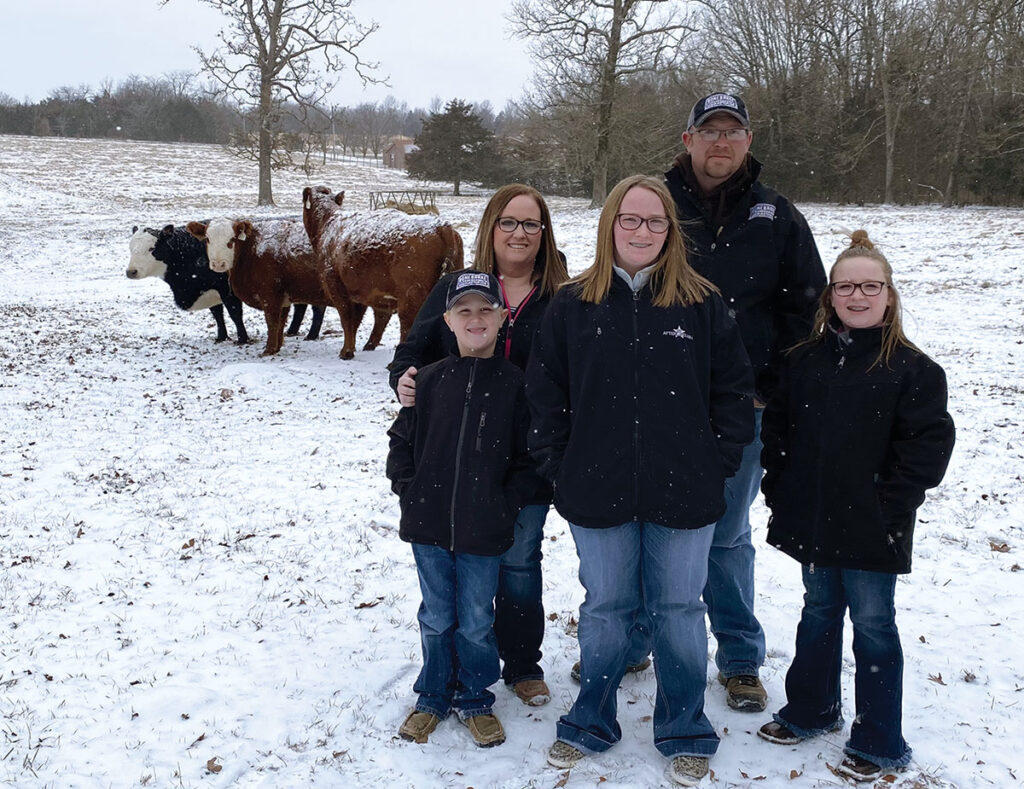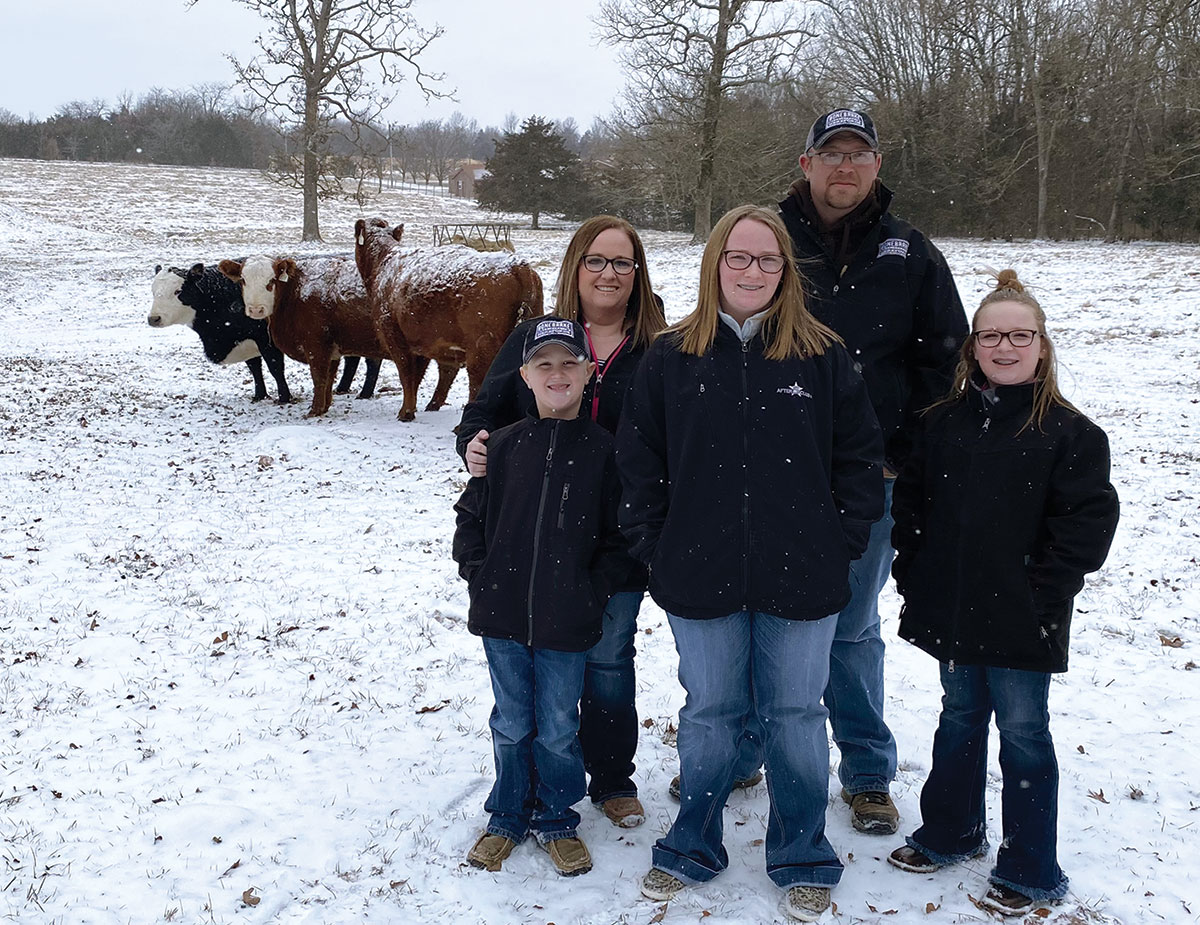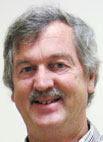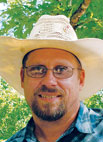
James and Magan Henderson are keeping an eye on the future of the cattle industry
James and Magan Henderson strive to stay a step ahead in the ever-changing cattle industry.
The Hendersons continually evaluate their herd, research breeding decisions, and network with fellow producers in order to be at the forefront in the beef cattle market. “It is really important to stay up with the times and current with what cattle producers want,” Magan said.
The Hendersons, along with their children, Paige (13), Payton (11), and Preston (7), raise registered Hereford and Simmental cattle at their farm in Buffalo, Mo. James also manages Bonebrake Herefords, a registered polled and horned Hereford farm located in Springfield, Mo.
Between both farms, the Hendersons care for about 175 head of mature cattle on more than 350 acres.
“A big part of our life is taking care of those cattle (Bonebrake Herefords). It is all one big group with what we do,” James explained.
The herds are split into two calving seasons, spring and fall. The cows are synchronized in order for the groups to calve in February and March, or September and October. The Hendersons utilize AI, embryo transplant and invitro fertilization in order to produce cattle with current, popular genetics.
Recently, James started using satellite herds to raise some of the embryo calves. Another producer implants the embryo in a recip, calves out the recip, and raises the calf to about 6 months old. After that, the Hendersons bring the calves to the farms to join the rest of the herd.
The use of a satellite herd helps with their goal of maintaining a large, registered herd. Instead of investing money, time and acreage on a recip herd. They discovered it is more cost effective and efficient to utilize a satellite herd.
“What we pay for a satellite herd is actually pretty reasonable compared to having to go and buy land and cattle and having to hire someone to take care of it,” James said.
When the Hendersons make breeding or replacement decisions they place significant consideration on an animal’s EPDs and pedigree. In addition, the animal is evaluated for structural soundness and its ability to adapt well to fescue pastures.
“Where we live fescue is our grass and not all cattle live on fescue grass. So, they have to be able to live here in Southwest Missouri,” James explained.
In order to help the Herefords and Simmentals thrive on mostly fescue grass, the Hendersons feed orchard grass and brome hay. They also plant other grasses to balance the large fescue base. Plus, the Hendersons rely on a solid mineral program.
“We work our cattle twice a year, we use MULTIMIN in the process and that helps a lot too,” James stated. MULTIMIN is an injectable mineral supplement containing zinc, copper, selenium and manganese.
One of the Hendersons’ management goals is to obtain quality – that means quality animals and quality nutrition and care.
“We are coming up on a time in the beef industry where buyers are going to pay a little more attention to where these cattle came from and what cattle feed better. If they have a set of cattle that are fed well and they get more out of that product, then they are going to want to know where to come back and get that at,” James explained.
The Hendersons use social media, breed journal advertising and an annual fall sale to market their animals. But one of their biggest marketing strategies happens in the show ring. The Henderson family shows Herefords and Simmentals at the local, state and national level.
Though the goal of competing in the show ring is to market their cattle, James and Magan appreciate other benefits showing offers their family. “It allows us to be surrounded by others in the industry that share similar passions that we do,” Magan said. It also provides them opportunities to network with other producers and to keep current on industry trends.
On a personal level, James and Magan value the lessons their children learn from working with show cattle.

“It gives the kids work ethic and a competitive edge. In our opinion, they need to learn that not everybody gets a trophy, you have to earn it. And we believe the show ring is a good place to learn that,” Magan explained.
It also serves as an avenue for their children to learn more about beef cattle.
“Some people will say, ‘Well, you have show cattle, you don’t understand a cow in the real field.’ But actually, what we are doing every day in the barn is we are basically doing a study of the animal every day that she comes in the barn,” James said. “The kids learn how an animal digests food, gains or maintains weight, and other information that will help them manage cattle in the future.”
James and Magan constantly keep an eye on the future, whether it’s trying to foresee the next trend in the livestock market or it’s a teachable moment in the barn that will prepare their children to one day be successful, caring cattle producers.







